
Anal bleaching is a cosmetic treatment that lightens the naturally deeper pigmentation of the skin around your anus. And no, there is no actual bleach involved in the process.
Currently, there are two methods for anal bleaching:
Table of Contents
Topical creams
Laser technology
In both these methods, the melanin, the natural pigment found in our skin is broken down. Chemicals can reduce the number of melanin-producing cells around your anus. On the other hand, laser anal bleaching can destroy excess melanin and slow down the process of pigment creation.
No matter which method you choose, there are things you absolutely must know before trying anal bleaching. They are:
1. What results to expect?
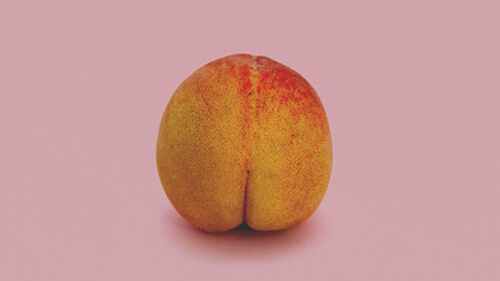
You may not notice any difference in color immediately after the first session. But, you will see a rapid change in the shade of the pigmentation around your anus. in the next sessions of the laser treatment, You can expect 2-3 shades lighter than the existing color. But, it can never be lighter than the rest of the body.
2. Is it permanent

The effects of laser anal bleach last for an evidently long time. However, if not take proper care, or due to other factors, the anal region may get darker a few years later. Topical treatments last far less in terms of duration. Daily life activities like walking or running, creates friction and sweat, resulting in skin pigmentation.
3. Does it hurt
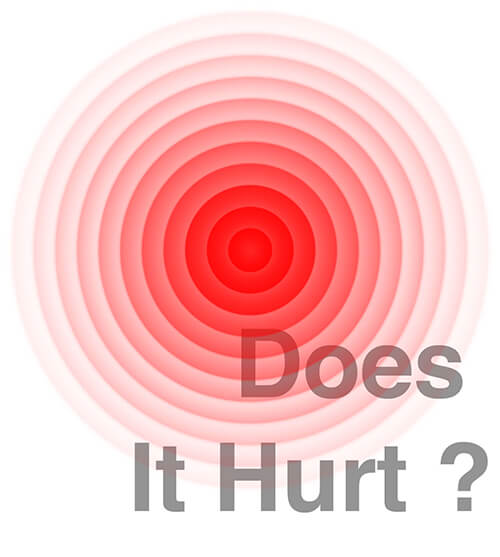
Anal bleaching is a minimally invasive laser procedure and does not hurt. But, the procedure can be mildly uncomfortable for some females. Some topical de-pigmentation agents do tend to irritate the skin, causing mild stinging or burning sensation, while laser anal bleaching procedures are much more comfortable.
Although it may also sting when the rays come in contact with the skin, it is usually taken care of by the gynaecologist by applying a mild numbing cream on the area to be bleached. Any post-procedural discomfort can be overcome with the help of anti-inflammatory medication.
4. Can you do it at home
![]()
You can try anal bleaching at home. A lot of anal bleaching products are available in the market, but make sure you use products of reputable brands. In the absence of proper regulation, some skin-lightening products may have certain active ingredients that cause harm to your skin. Try and find products that have kojic acid, an exfoliating agent, and not hydroquinone, another skin bleaching ingredient.
5. Forgo sex 2-3 days after anal bleaching treatment

The gynecologists advise the female to avoid sexual intercourse for 2-3 days after any genital laser procedures, including laser anal bleach. This is to prevent skin infections after the treatment. Even if you don’t experience any irritation in and around the treated area, it is safest to forgo sex for 2-3 days post-treatment.
If the skin feels sore after treatment, consult your gynecologist. For the same reason, also stay away from waxing and laser hair removal, and activities like hot yoga, running, wearing a thong, etc after laser genital procedures.
6. What about skin irritation
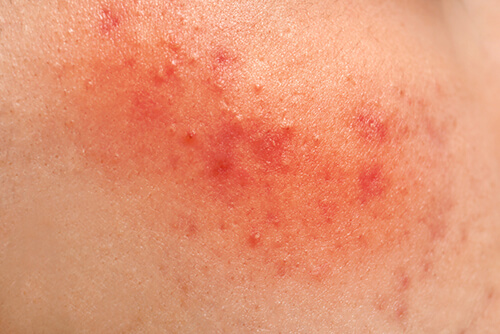
If you are using topical agents, it is highly likely that you will suffer from skin irritation, especially since the anal area is a very sensitive part of your body. So, make sure you use a good quality product.
Skin irritation is much less in the case of laser anal bleaching. It also depends on the place you are getting it done, like spas and salons, where cleanliness isn’t under your control, and the expertise of the individual who is performing the treatment.
In case of irritation, you may clean the area with a gentle cleanser and apply Vaseline generously to protect the area from infection.
7. Risks of skin damage
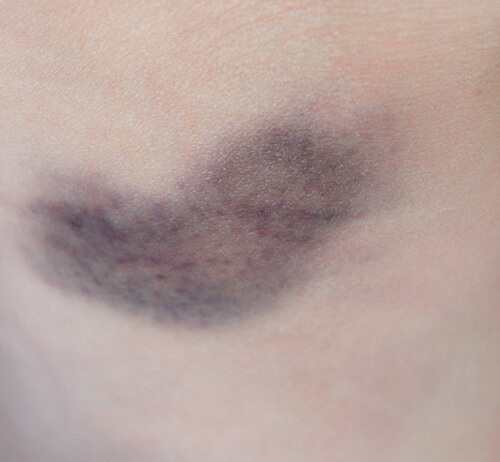
A commonly used compound in most topical skin de-pigmentation products, like anal bleaching, Hydroquinone is banned in many countries, as it can lead to the build-up of melanic acid in the connective tissues of our skin that may cause permanent skin damage.
However, it is still used in an unregulated manner in countries like India and the US. Besides, other chemicals, like mercury and acid-based ingredients, can also wreak havoc on your skin.
Sometimes, wrong anal bleaching techniques can also lead to infections, skin damage, or permanent skin discoloration. This applies even to laser anal bleaching procedures.
8. Creams are cheaper but riskier
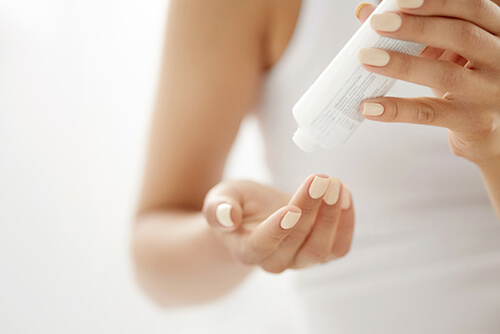
Topical anal bleaching treatments may be easier and cheaper but carry greater risk, mostly due to the chemicals in them. Besides, if you’re trying it at home, it may be difficult to carry out the procedure properly, as the anus is a hard-to-reach area.
Besides, spas and salons, where topical lightening agents are used are hardly ever regulated. Although the process is cheaper, the irritation, coupled with the fact that the results don’t last quite that long, makes it a less preferred method these days.
9. Laser treatment is costly but safer
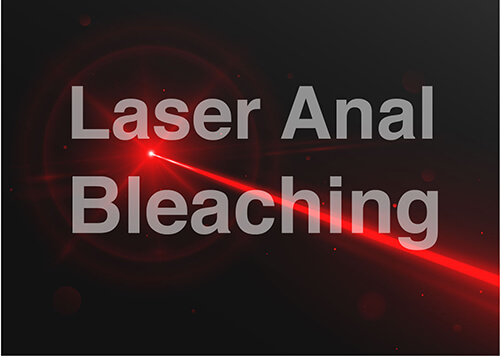
Laser anal bleaching procedures are definitely far more expensive. But, the results can be retained much longer and it is a much safer method since no chemicals are involved.
10. Anal Strictures
In case of topical agents, there is a chance that the chemicals may enter your rectum, leading to anal strictures or scar tissue developing around it. This may lead to some very nasty problems like painful constipation. So, before opting for topical treatment, consult a dermatologist or gynecologist to find out if the product is safe for you.
Bottom Line
The pigmentation around your anus is naturally darker than the rest of your body, because of various reasons, such as hormonal changes, friction, perspiration, excess pigmentation, etc.
Also read: Anal Bleaching Guide- Know Absolutely Everything about Anal Bleaching
Darker pigmentation around your anus is nothing to be ashamed of. But, if you must, then choose the right method of anal bleaching. Do your research, understand the risks and conditions and only then, proceed.
Also read: Which Treatment Can prove to be Effective for VAGINAL BLEACHING?








